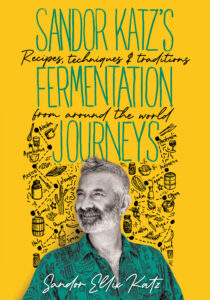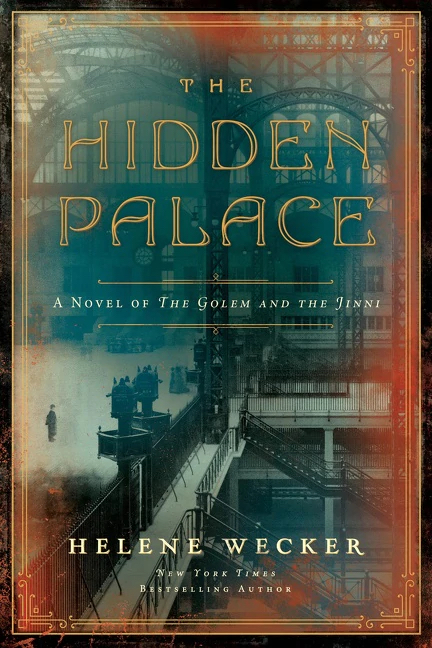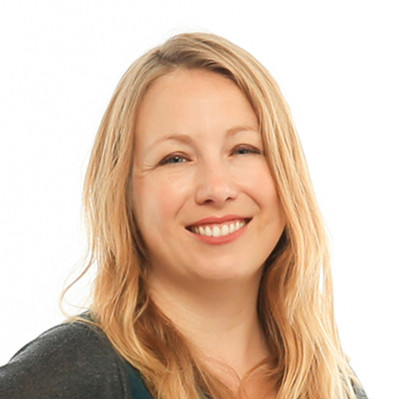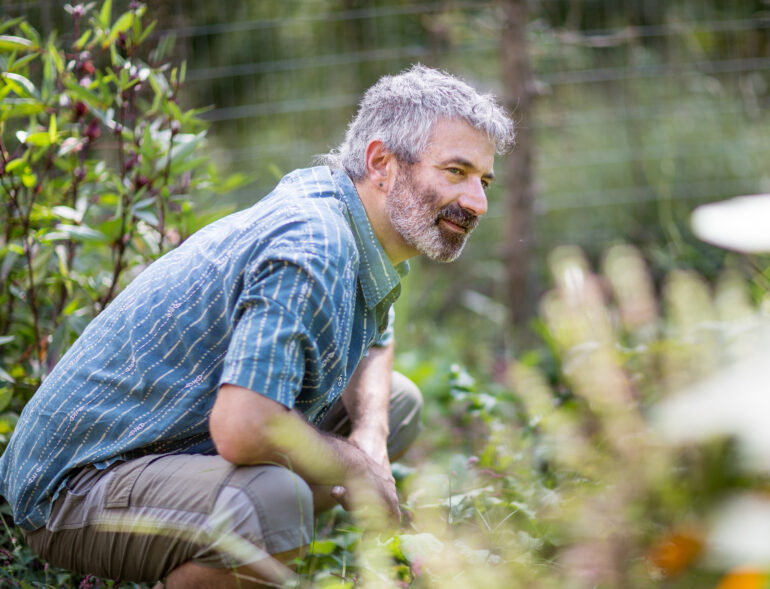From James Beard Award winner and New York Times-best-selling author of The Art of Fermentation, Sandor Katz’s Fermentation Journeys explores the recipes, processes, cultural traditions and stories from around the globe that inspire the author’s life’s work — a cookbook destined to become a modern classic essential for every home chef. For the past two decades, the fermentation expert and best-selling author has traveled the world teaching and learning about the many fascinating and delicious techniques for fermenting foods. From Japan to Mexico, Croatia to Cameroon, wherever he’s gone, Katz has gleaned valuable insights into the cultures and traditions of local and indigenous peoples, whether they make familiar ferments like sauerkraut or less common preparations like natto and koji. The book is part travelog, part cookbook and part cultural exploration — highlighting the people who undertake each of these unique methods of fermentation while explaining how to achieve it yourself at home.
Why do you think fermented foods have been a part of every culture on earth?
“Fermentation is universally practiced because of the simple reality that all the plants and animal products that make up our food are populated by microorganisms, so microbial transformation of our food is inevitable. As a matter of survival, people around the world have learned how to delay decomposition of food resources, and found ways to guide microbial transformation of food for various practical benefits: to produce alcohol, preserve food, make food more delicious or more digestible, remove toxins and more. The miraculous part of the story is that people have figured out how to guide fermentation without specifically understanding that the process was driven by microscopic organisms.”

What are some of the primary health benefits of fermented foods?
“Fermentation pre-digests nutrients, breaking them down into more elemental and bioavailable forms. It also breaks down some of the toxic compounds found in various plants into benign forms. Some of the metabolic byproducts of fermentation have been found to have specific therapeutic benefits. And the most profound benefits involve probiotic bacteria that can increase biodiversity in the gut and potentially improve digestion, immune function, and many other systems of the body, including mental health.”
What are some of the more interesting fermenting traditions you came across in your travels? Do you have any favorites?
“I love the sheer diversity of fermentation practices. Anything we can possibly eat (and some that we otherwise cannot) can be fermented. Toxic foods can be fermented into safe-to-eat delicacies, such as tucupi, an Amazonian condiment made by fermenting the juice of cassava and then cooking it down with other seasonings. The reason I wrote this book is that I’ve learned about so many wonderful delicious fermented foods and beverages that I wanted to share.”
What might people not know about fermented food traditions that they might be interested in knowing more about?
“Frequently people project their anxiety about microbes onto the idea of fermentation. However, the fact is that fermentation is extremely safe, and the process generally makes food safer than it would be without. It also makes food delicious, and most people — everywhere — eat and drink products of fermentation every day.”
More Great New Reads
Happy-Go-Lucky, by David Sedaris

In Happy-Go-Lucky, Sedaris captures what is most unexpected, hilarious and
In Happy-Go-Lucky, David Sedaris returns with his first new collection of personal essays since the bestselling Calypso. Back when restaurant menus were still printed on paper, and wearing a mask — or not —was a decision made mostly on Halloween, David Sedaris spent his time doing normal things. As Happy-Go-Lucky opens, he is learning to shoot guns with his sister, visiting muddy flea markets in Serbia, buying gummy worms to feed to ants, and telling his nonagenarian father wheelchair jokes.
But then the pandemic hits, and like so many others, he’s stuck in lockdown, unable to tour and read for audiences, the part of his work he loves most. To cope, he walks for miles through a nearly deserted city, smelling only his own breath. He vacuums his apartment twice a day, fails to hoard anything, and contemplates how sex workers and acupuncturists might be getting by during quarantine.
David Sedaris once again captures what is most unexpected, hilarious, and poignant about these recent upheavals, personal and public, and expresses in precise language both the misanthropy and desire for connection that drive us all. If we must live in interesting times, there is no one better to chronicle them than the incomparable David Sedaris.David Sedaris is the author of twelve previous books, including, most recently, A Carnival of Snackery, The Best of Me, and Calypso. He is a regular contributor to The New Yorker and BBC Radio 4. In 2019, he was inducted into the American Academy of Arts and Letters.
The Hidden Palace, by Helene Wecker

This enthralling historical epic, set in New York City and the Middle East in the years leading to World War I, is the long-awaited follow-up to the acclaimed New York Times bestseller The Golem and the Jinni. Helene Wecker revisits her beloved characters Chava and Ahmad as they confront unexpected new challenges in a rapidly changing human world.
Chava is a golem, a woman made of clay, who can hear the thoughts and longings of those around her and feels compelled by her nature to help them. Ahmad is a jinni, a restless creature of fire, once free to roam the desert but now imprisoned in the shape of a man. Fearing they’ll be exposed as monsters, these magical beings hide their true selves and try to pass as human — just two more immigrants in the bustling world of 1900s Manhattan. Brought together under calamitous circumstances, their lives are now entwined — but they’re not yet certain of what they mean to each other.
Helene Wecker received a BA from Carleton College in Minnesota and an MFA from Columbia University in New York. A Chicago-area native who has made her home in Minneapolis, Seattle, and New York, she now lives near San Francisco with her husband and daughter. The Golem and the Jinni is her first novel.
Book reviews by Paula Farmer of Book Passage.
More from Better:
- Top Women Chefs Hit the Stage at the Healdsburg Wine & Food Experience
- The Bay Area’s Best Beer Gardens: Where to Get the Tasty Brews Along With Great Food
- 7 Women Winemakers in California Forging a Better, Brighter Future With Sustainable Viticulture

Jessica Gliddon is the Senior Digital Editor for Make It Better Media Group. An international writer and editor, she has worked on publications in the UK, Dubai and Cape Town. She is a graduate of UC Santa Cruz, and is the former editor of Abu Dhabi’s airline magazine, Etihad Inflight. When she’s not checking out the latest exhibit at SFMOMA or searching out the best places to eat and drink near her home in San Francisco, she volunteers at the Marine Mammal Center in Sausalito.

